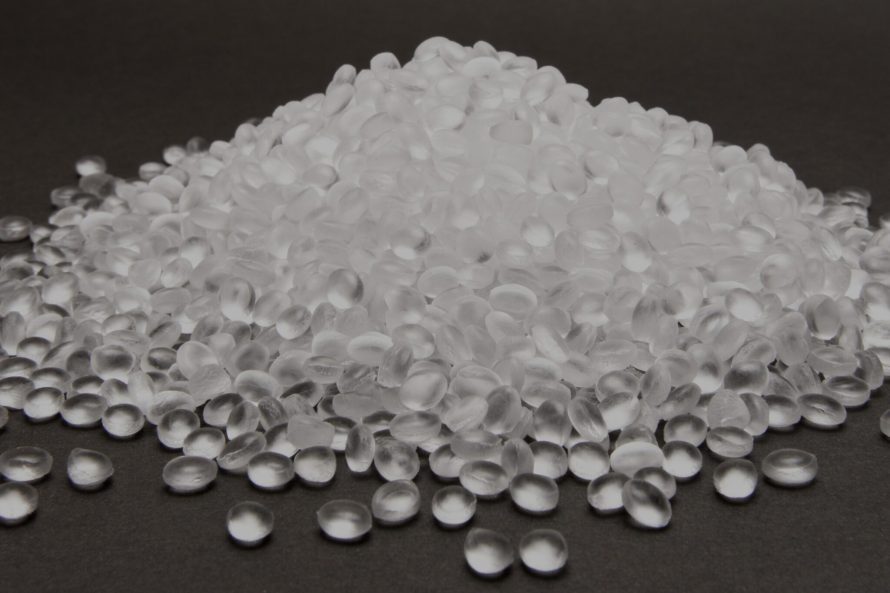Polyethylene (PE) and polyethylene terephthalate (PET) are both thermoplastics that play a crucial role in various industries. While they have certain commonalities, these materials are completely separate polymers with distinct chemical structures and properties. Let’s gain a more excellent understanding of the distinctions between PE vs PET plastic in this article, as well as the relevance of selecting the appropriate material for your requirements.
1. Overview of PE plastic

Polyethylene (PE) is a polymer composed of repeating ethylene monomer units (-CH2-CH2-). These monomeric units are either steam-cracked or polymerized to form a long-chain structure with only carbon and hydrogen atoms in the backbone. This is a substance that may be made in various shapes, including linear low-density polyethylene (LLDPE), high density polyethylene (HDPE), and low density polyethylene (LDPE).
PE plastic is used in transparent food wraps, shopping bags, detergent bottles, and automotive fuel tanks. It also can be easily converted into synthetic fibers through slitting or spinning processes. Additionally, with suitable modifications, PE plastic can acquire elastic characteristics akin to rubber.
Read more: Polyethylene: Overview Of A Wonderful Plastic
2. Overview of PET plastic

Polyethylene terephthalate (PET) belongs to the polyester family of polymers formed from the polymerization of repeating units of terephthalic acid (TPA) or dimethyl terephthalate (DMT) with ethylene glycol monomeric units. The resulting long-chain repeating units are connected by ester linkages.
Polyethylene terephthalate is highly flexible, colorless and semi-crystalline resin in its natural state. PET is widely used to fabricate carbonated beverage bottles because it has high strength and toughness, good abrasion and heat resistance, low creep at elevated temperatures, good chemical resistance and excellent dimensional stability.
Read more: What is Polyethylene terephthalate (PET)?
3. Key differences of PE vs PET plastic

Despite these similarities, it’s important to note that PE vs PET plastic also have significant differences. The main distinctions are found in their chemical composition, transparency, strength, barrier properties, recyclability and applications. In this section, we will explore some of the key differences between PE plastic and PET plastic below:

3.1. Chemical structure
- PE: Made from repeating chains of ethylene molecules, consisting of carbon and hydrogen atoms with the formula (C2H4)n.
- PET: Composed of ethylene glycol and terephthalic acid, with a chemical formula of (C10H8O4)n, including carbon, hydrogen, and oxygen atoms.
3.2. Mechanical properties
- PE: Varies in mechanical properties depending on its form. High-density polyethylene (HDPE) is durable and rigid, while low-density polyethylene (LDPE) is softer and more flexible.
- PET: Known for being sturdy and lightweight, with a high strength-to-weight ratio, making it a versatile and cost-effective material.
3.3. Clarity
- PE: Ranges from opaque to transparent, depending on the polymer’s density.
- PET: Highly transparent, suitable for clear packaging such as water bottles.
3.4. Barrier property
- PE: Good moisture barrier.
- PET: Superior gas barrier, better at preventing oxygen and carbon dioxide from penetrating, thereby extending the shelf life of packaged products.
3.5. Recyclability
- PE: Easy to recycle but tends to lose some of its original properties after multiple recycling processes.
- PET: Also easy to recycle and retains its properties better than PE through multiple recycling cycles.
3.6. Applications
- PE: Used in various densities for items like storage containers, plastic bags, drink bottles, and household goods.
- PET: Commonly found in food packaging, polyester fibers, bottles, and microwavable containers.
4. Conclusion
Understanding the differences between PE vs PET Plastic is essential for selecting the right material for specific applications. While both are versatile thermoplastics used across diverse industries, they possess unique properties that make them suitable for different purposes. PE’s diverse forms and flexibility make it ideal for items ranging from food wraps to automotive fuel tanks, while PET’s strength, transparency, and excellent barrier properties are perfect for beverage bottles and food packaging. By recognizing these distinctions, you can make informed decisions to meet your material needs effectively.
You may also want to know:
- PP vs. PE Plastic: Which One Should You Choose?
- HDPE vs PET: A Comprehensive Comparison of Properties and Applications
5. About EuP Egypt
EuP Egypt, a proud member of European Plastic Joint Stock Company has 17 years of experience in the plastic industry, working in different international businesses.
As one of the world’s leading filler masterbatch manufacturers, EuP Egypt proudly brings customers unique plastic filler masterbatch solutions to help their factories optimize production costs and improve the competitiveness in the worldwide market. With a strong focus on innovation and quality, Eup Egypt has established itself as a key player in the plastics industry.
Over the years, EuP Egypt has built a reputation for reliability, quality, and customer satisfaction, establishing itself as a trusted partner in the international business arena. If you are interested in EuP Egypt’s plastic products, please contact us for further information and samples.





